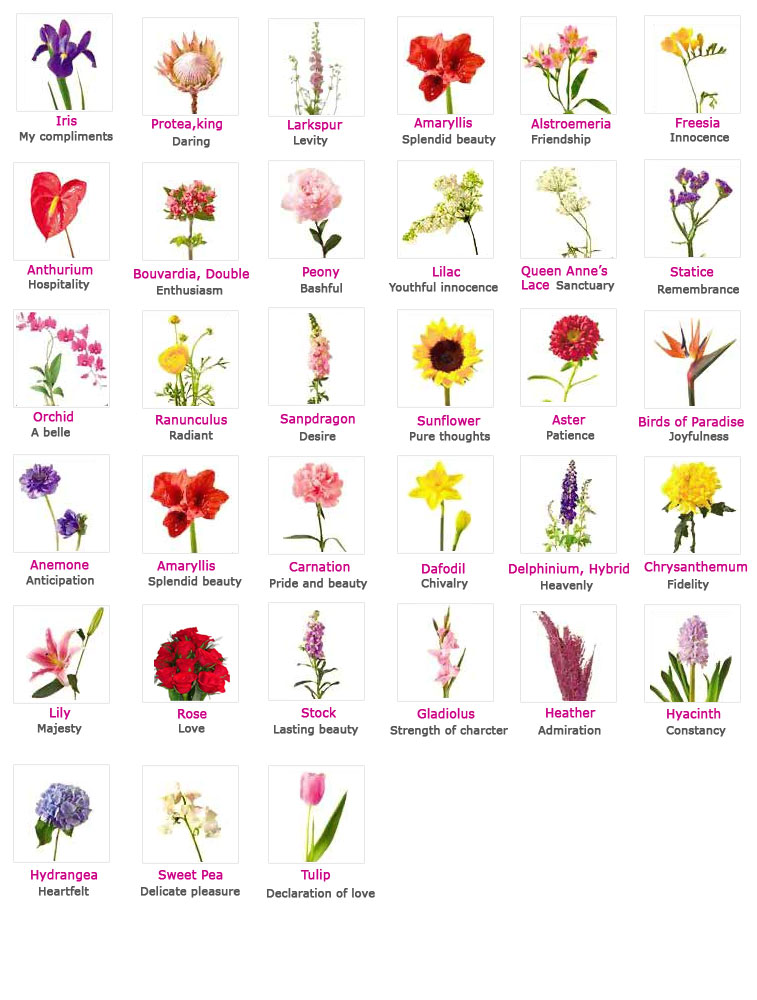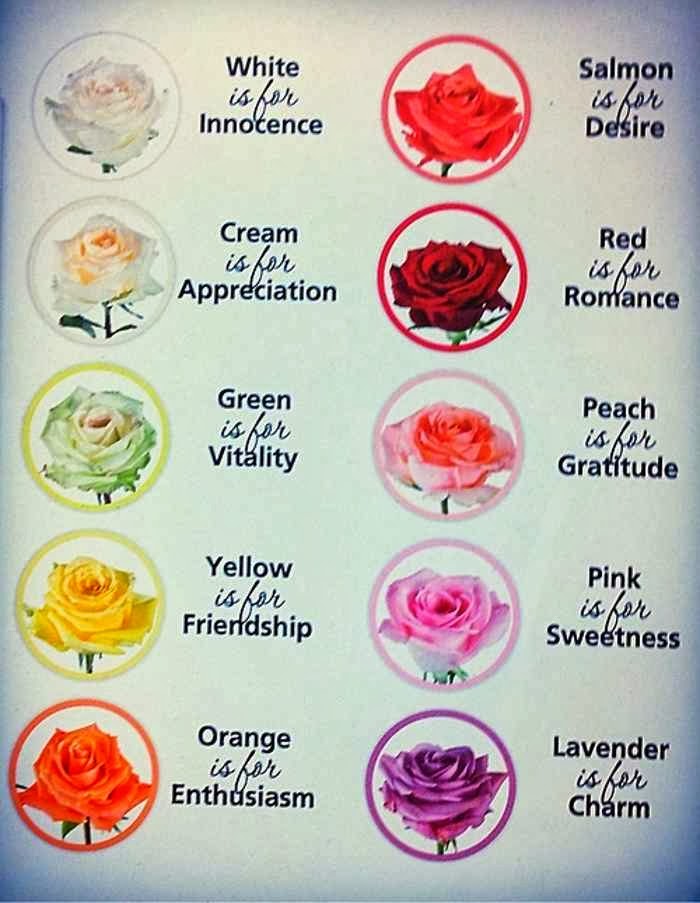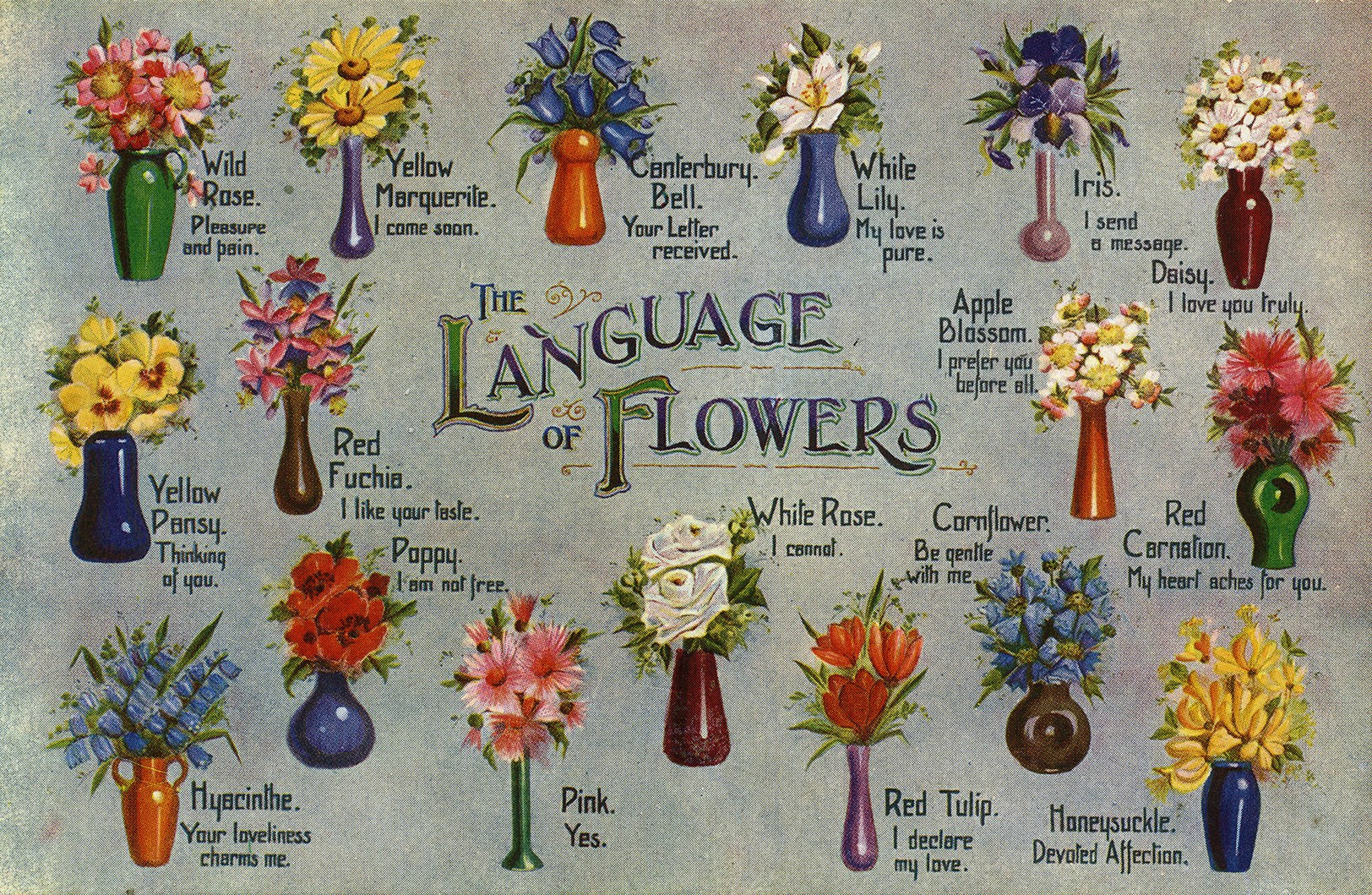
The Language of Flowers

Flowers have been used to convey emotions and messages for centuries. Known as the "Language of Flowers," this floral symbolism can be traced back to ancient civilizations. Different flowers hold different meanings, allowing individuals to express their sentiments without uttering a word.
Roses: Love and Affection

Roses are perhaps the most well-known flowers when it comes to symbolic meanings. Red roses symbolize love and passion, making them a popular choice for romantic occasions. However, roses in other colors also hold significance. Pink roses represent admiration and gratitude, while yellow roses symbolize friendship and joy.
Tulips: Declaration of Love

Tulips are often associated with declarations of love. These elegant flowers convey a sense of perfect love and are commonly gifted to express deep affection. Red tulips, in particular, are a declaration of love, while yellow tulips represent cheerful thoughts and sunshine.
Daisies: Innocence and Purity

Daisies are known for their simplicity and innocence. These flowers symbolize purity and are often associated with children. They represent a sense of freshness and sincerity, making them a popular choice for bouquets and floral arrangements.
Lilies: Beauty and Renewal

Lilies are renowned for their beauty and elegance. These flowers symbolize purity, innocence, and renewal. They are often used in weddings to represent the purity of the bride and the new beginning of married life. White lilies, in particular, are associated with spirituality and are commonly used in religious ceremonies.
Sunflowers: Happiness and Adoration

Sunflowers are known for their vibrant yellow color and their association with happiness and adoration. These flowers symbolize warmth, loyalty, and unwavering devotion. Sunflowers are often used to express feelings of admiration and love towards someone.
Orchids: Luxury and Beauty

Orchids are exotic and stunning flowers that symbolize luxury, beauty, and strength. These flowers are often associated with rare and delicate beauty. Orchids are a popular choice for special occasions and represent refinement and elegance.
Carnations: Love and Fascination

Carnations are versatile flowers with various meanings depending on their color. Red carnations symbolize deep love and admiration, while pink carnations represent a mother's love. White carnations are associated with purity and luck, and striped carnations represent fascination.
Gerbera Daisies: Cheerfulness and Joy

Gerbera daisies are vibrant and cheerful flowers that symbolize joy, happiness, and innocence. These flowers are often used to convey positive sentiments and lift spirits. Gerbera daisies are available in various colors, each representing a different emotion or message.
Chrysanthemums: Longevity and Joy

Chrysanthemums, also known as mums, are autumn flowers that symbolize longevity and joy. These flowers are associated with positive energy, happiness, and good luck. Chrysanthemums are often given as gifts to express well wishes and celebrate long-lasting relationships.
Hydrangeas: Gratitude and Understanding

Hydrangeas are beautiful flowers with a deeper meaning of gratitude, understanding, and heartfelt emotions. These flowers are often gifted to express appreciation and to convey the message of sincere understanding. Hydrangeas come in various colors, each representing a different sentiment.
Conclusion
Flowers hold a language of their own, allowing us to communicate emotions and messages without uttering a single word. Whether it's expressing love, admiration, friendship, or gratitude, the meanings behind different flowers provide a way to convey sentiments and create lasting memories. By understanding the symbolism attached to each flower, we can make more meaningful choices when gifting or decorating with these beautiful blooms.